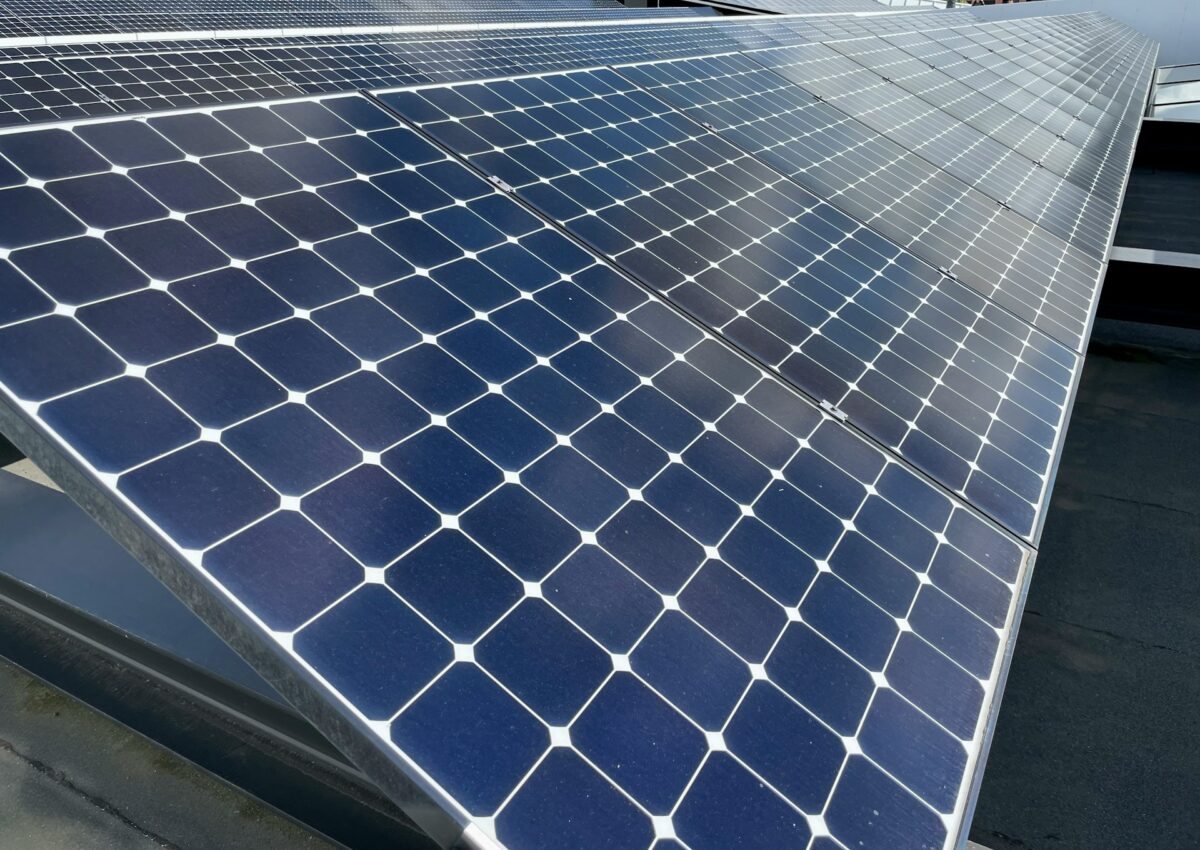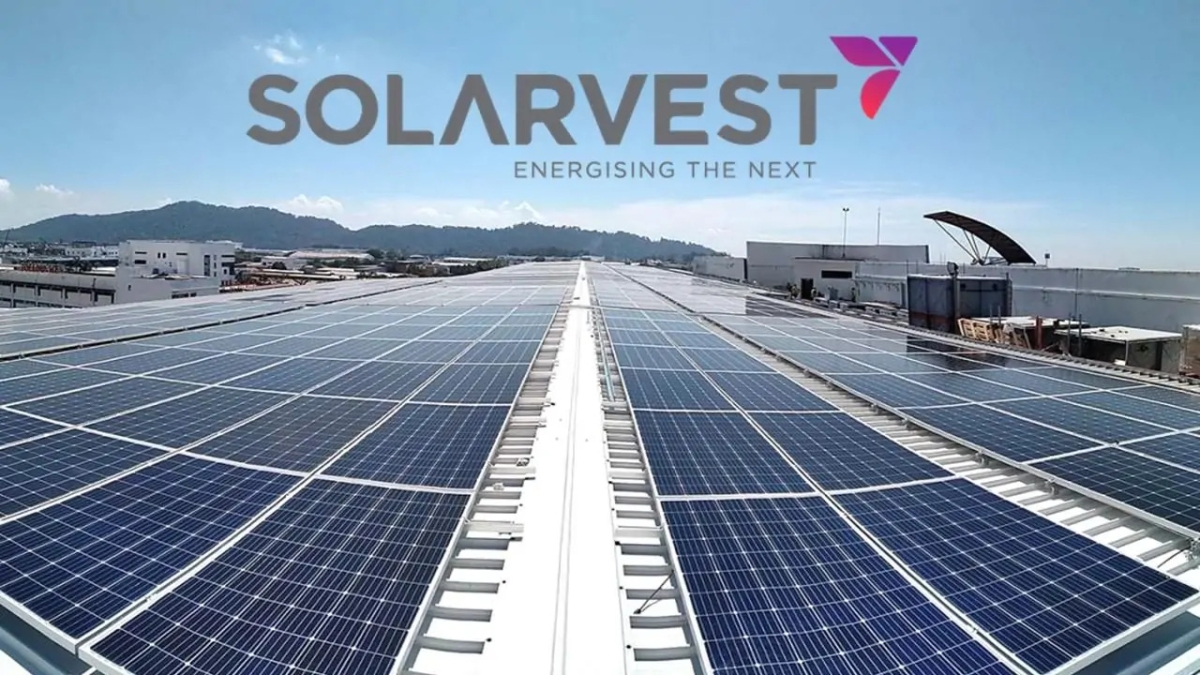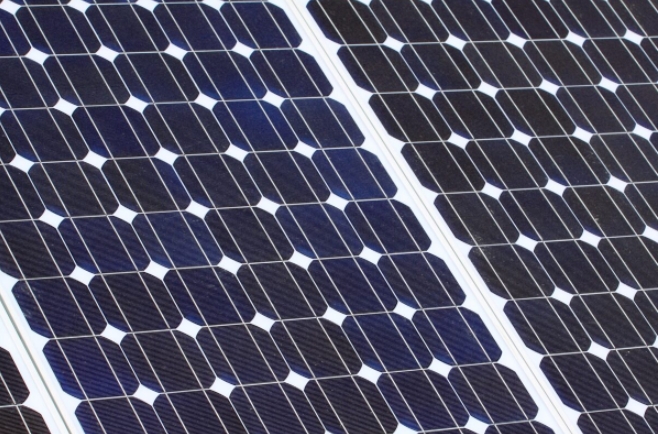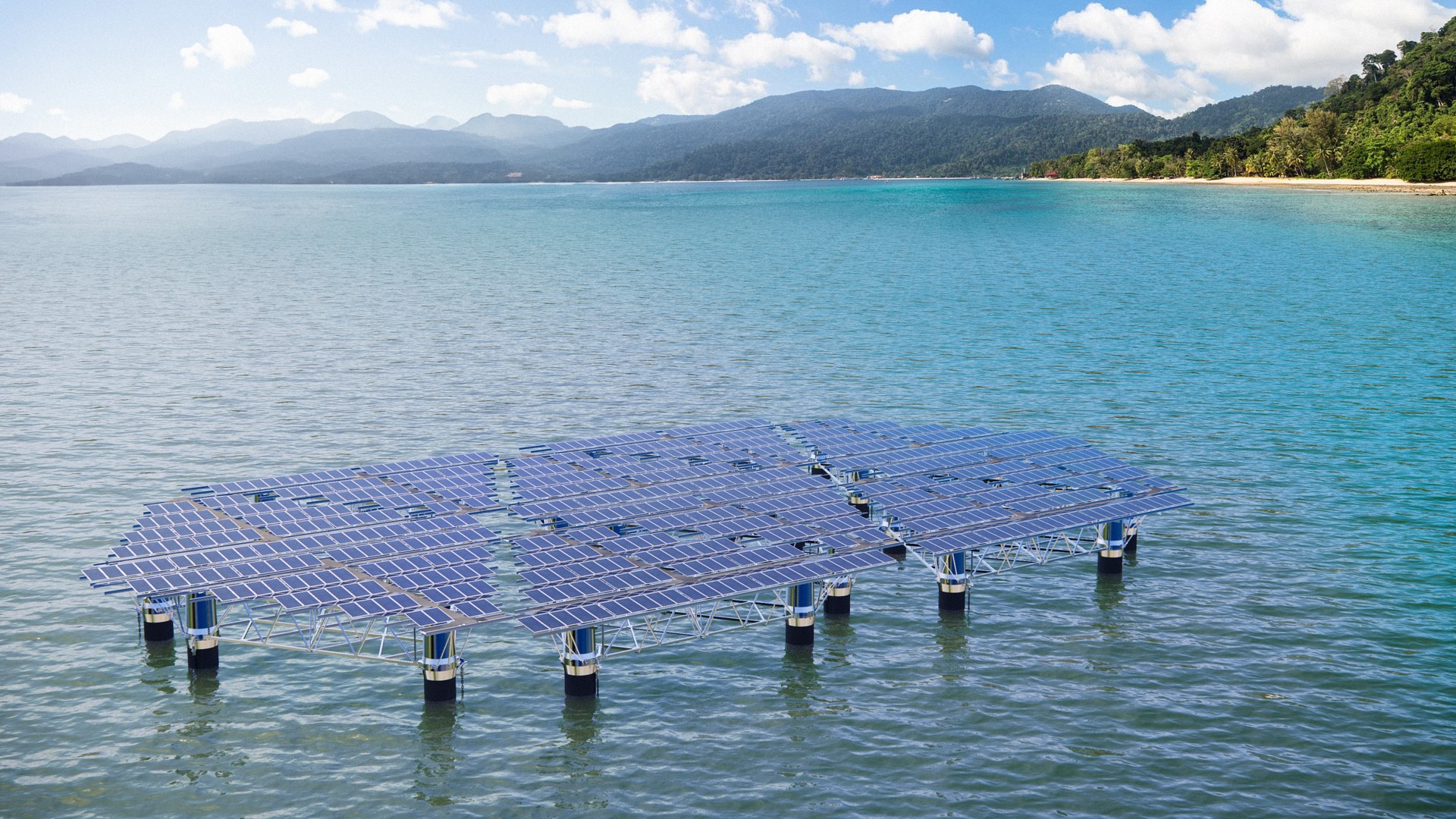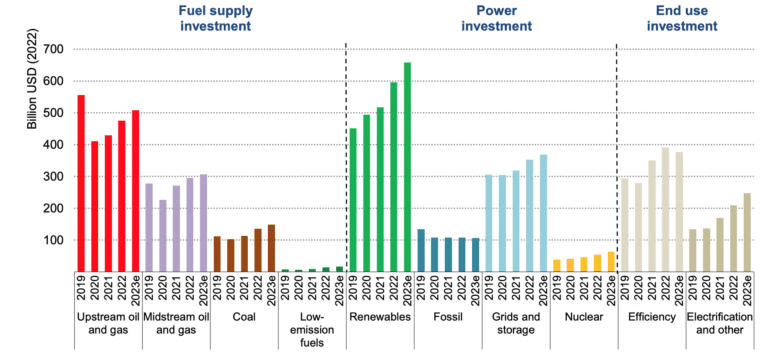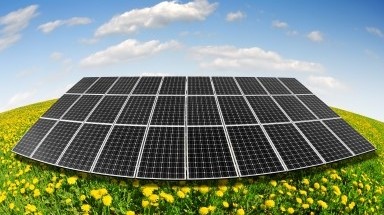
Through its massive wind turbines and innovative offshore designs, GE continues sharpening its toolkit in a bid to built the future of sustainable energy, and a newly unveiled turbine blade shows how that can extend to the materials used. A consortium led by the company has manufactured the world's largest thermoplastic blade, designed to serve as full-scale example of a fully recyclable wind turbine blade.
Wind energy has become an important pillar in our fossil fuel-free future, but that doesn't mean it comes without environmental concerns of its own. The thermoset composites making up today's turbine blades cannot be recycled, and one University of Cambridge study suggests that there will be 43 million tonnes of blade waste around the world by 2050. The Zero Waste Blade Research (ZEBRA) Project is working on more sustainable materials in the form of thermoplastic composites.
The 62-meter (203-ft) prototype blade is made with Elium resin from materials company Arkema, which is a glass-fiber reinforced thermoplastic. Not only is the material 100 percent recyclable, it is said to deliver a similar level of performance to thermoset resins that are favored for their lightweight and durability.
Through a chemical recycling method, the material can be depolymerized and turned into a new virgin resin for re-use, acting as a proof-of-concept for a circular economy loop for the wind energy sector. Before that happens, in the coming weeks LM Wind Power will start full-scale structural testing to verify the blade's performance. It will then verify these advanced recycling methods later in the year, while also working on ways of recycling production waste.
“With this project we are addressing two crucial industry challenges," said John Korsgaard, Senior Director, Engineering Excellence, LM Wind Power. "On one hand, we are progressing on our Zero Waste Blades vision by preventing and recycling manufacturing waste. On the other, we are taking blade recyclability to a new level: the end-of-life thermoplastic composite blade material has high value in itself and can be readily utilized in other industries as material compounds but can also be depolymerized and the resin reused in the production of new blades."

